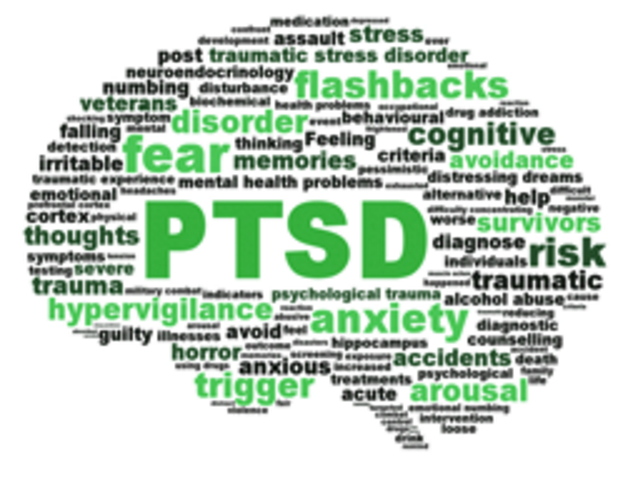Mental Health Update | The characteristics of Nightmares vs Sleep Terrors

 Mental Health | Many patients experience ongoing issues with nightmares or night terrors.
Mental Health | Many patients experience ongoing issues with nightmares or night terrors.
Most of us have had a nightmare — a dream that wakes us feeling afraid or anxious. Many patients experience ongoing issues with frightening dreams, which we call nightmare disorder.
When patients have nightmares, they may feel they are in imminent danger and are usually able to wake up and describe in detail what they dreamed.
With nightmare disorder, patients can become very afraid to go to sleep and avoid bedtime. Nightmares tend to occur during the second half of sleep when REM sleep, our dreaming sleep, is more prevalent.
About 60% to 75% of children experience nightmares, with increased incidence between 6 and 10 years of age. Nightmare disorder is present in about 4% of the adult population. As would be expected, nightmares often develop after a traumatic experience.
Nightmares are present in 80% of patients with post-traumatic stress disorder (PTSD), and they are more commonly seen in patients with psychiatric disorders and those with increased stress and anxiety. Medications, including antidepressants, antihypertensives, and dopamine receptor agonists, can also increase the risk of nightmares.
- For most patients, nightmares are not overwhelming and are quickly forgotten.
- For those with nightmare disorder, and repeated occurrences of nightmares, image rehearsal therapy is the treatment of choice.
Sleep terrors differ from nightmares in that they are an arousal disorder that occurs when there is a partial awakening from slow wave sleep. Patients may call them nightmares when they describe them, but they are very different.
Patients often walk in their sleep during sleep terrors, and this movement helps to distinguish them from nightmares. Patients wake confused, often look around, and sometimes they scream, but they usually do not remember the episode when they are awake. One study found that patients were more likely to experience sleep terrors if they had higher levels of anxiety, depression, phobias, or obsessive compulsive behaviors. Alcohol, heavy meals, hyperthermia, sleep deprivation, and daytime stress can increase the likelihood of sleep terrors in those with a past history.
One study found that patients were more likely to experience sleep terrors if they had higher levels of anxiety, depression, phobias, or obsessive compulsive behaviors. Alcohol, heavy meals, hyperthermia, sleep deprivation, and daytime stress can increase the likelihood of sleep terrors in those with a past history.
Treatment of sleep terrors includes making sure the sleeping environment is safe for the patient. Keep doors and windows closed.
Relaxation training and hypnosis may also benefit these patients. In severe cases, melatonin, benzodiazepines, or antidepressants may be helpful.
Patients with nightmares do not attempt to leave their bed or act out their dream. If a family member says a patient is having nightmares, ask them if the patient is getting out of bed when this occurs. If they are, it is more likely a sleep terror and not a nightmare.


